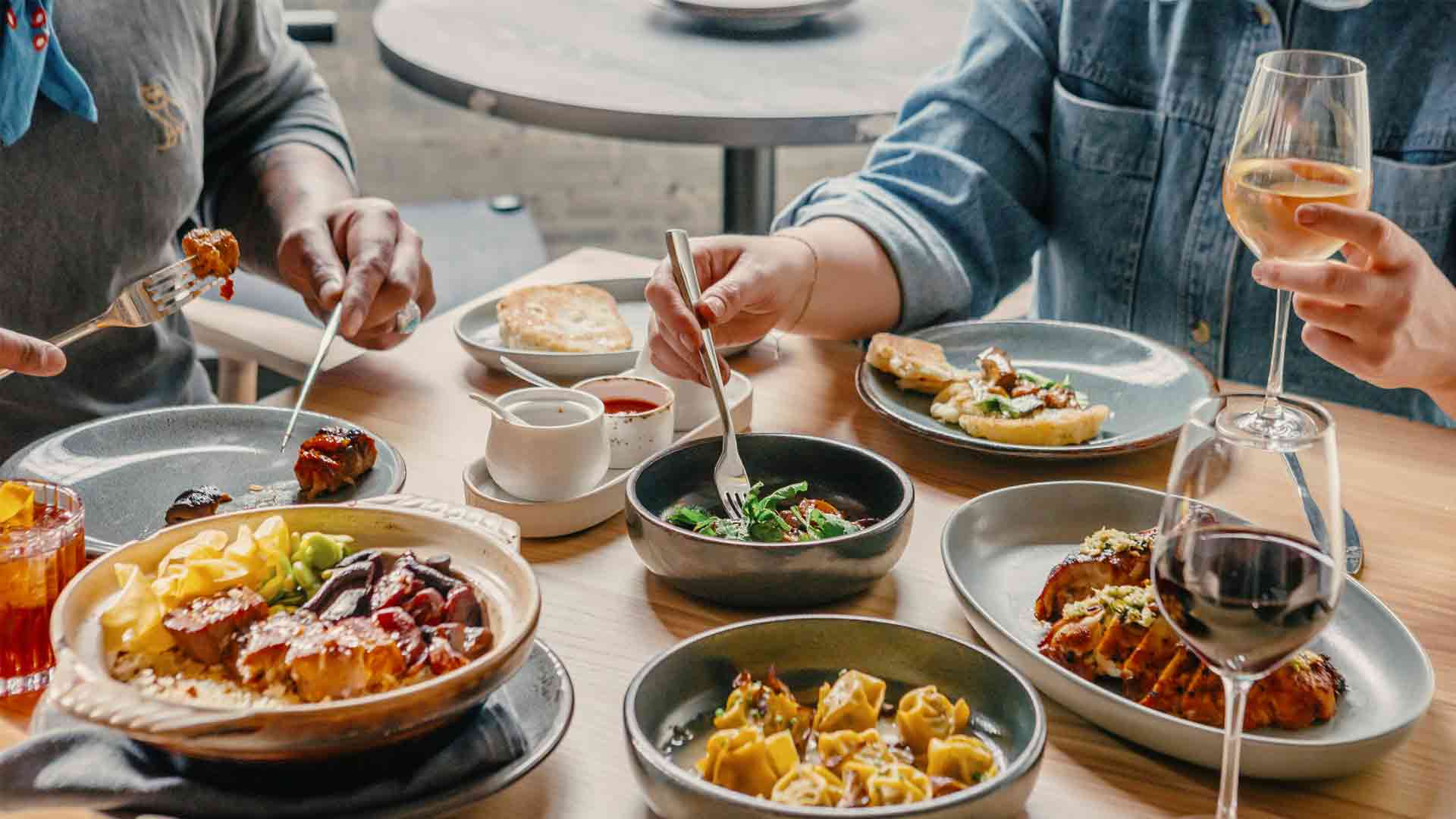Where Rivers Meet Recipes

Where Rivers Meet Recipes: A Culinary Journey Along the World's Waterways
Rivers are the arteries of our planet, the lifeblood of civilizations. For millennia, they have dictated where cities rise, where agriculture flourishes, and where cultures converge. But beyond their geographical and historical significance, rivers are also culinary highways, carving paths that have shaped the very food we eat. This is where rivers meet recipes—a fascinating intersection of geography, culture, and gastronomy. Embarking on a food travel adventure along these waterways offers one of the most authentic food experiences imaginable, connecting you directly to the source of global cuisine.
Think of a river valley. The fertile soil deposited by annual floods creates a perfect environment for unique local ingredients to thrive. The water itself provides a bounty of freshwater fish and crustaceans. Furthermore, rivers have always been corridors for trade and migration, meaning spices, cooking techniques, and ideas have flowed along with the current for centuries. To trace a river is to trace the history of a region's palate. This is the essence of culinary tourism: understanding a place not just by its monuments, but by its flavors.
The Vibrant Pulse of the Mekong
Our journey begins on the mighty Mekong River, a waterway that snakes through China, Myanmar, Laos, Thailand, Cambodia, and Vietnam. The cuisine along its banks is a testament to freshness and balance. In Vietnam, the Mekong Delta is a "rice bowl" that fuels the nation, and its waters give us the catfish used in the iconic Canh Chua (sweet and sour soup). The abundance of tropical fruits, fresh herbs like mint and cilantro, and the ever-present kick of chili and lime define the region's recipes. Further upstream in Laos and Thailand, the river provides the essential ingredient for Padek or Pla Ra (fermented fish sauce), the umami backbone of countless traditional recipes. The food here isn't just cooked; it’s a living reflection of the river's vibrant ecosystem.
The Ancient Feasts of the Nile
From the vibrant chaos of Southeast Asia, we travel back in time to the cradle of civilization: the Nile River in Egypt. For thousands of years, the predictable flooding of the Nile created an astonishingly fertile valley in the midst of a vast desert. This allowed for the cultivation of wheat, lentils, fava beans, and vegetables that form the core of Egyptian cuisine today. Dishes like Koshari, a hearty mix of rice, lentils, and pasta, and Ful Medames, a slow-cooked fava bean stew, are direct descendants of the food that sustained the ancient pharaohs. The recipes here are a story of sustenance, history, and making the most of the river’s precious gifts. This is a culinary journey that connects you to an ancient food history, proving that some flavors are truly timeless.
A Medley of Flavors on the Danube
Flowing through the heart of Europe, the Danube tells a different culinary story—one of empires, shifting borders, and a rich tapestry of blended cultures. Starting in Germany's Black Forest and ending at the Black Sea, the Danube passes through ten countries. In Austria, it flows through Vienna, the home of the Wiener Schnitzel. In Hungary, its banks are synonymous with the fiery warmth of paprika, the star ingredient in a world-famous Goulash. Further down in Serbia and Romania, grilled meats (Ćevapi and Mici) and rich stews showcase a mix of Slavic and Ottoman influences. This rich tapestry of tastes has given rise to some of the top restaurants in the world, where chefs reinterpret these timeless dishes for a modern palate. Traveling the Danube is like a culinary grand tour of Central and Eastern Europe, with each bend in the river revealing a new national dish to savor.
Exploring where rivers meet recipes is more than just a search for good food; it’s a deeper way to travel. It's about understanding that the bowl of soup in front of you has a story that is intrinsically linked to the water flowing nearby. It is the ultimate expression of local food, a direct line from the environment to the plate. So, the next time you plan a trip or simply explore a new type of global cuisine, follow the rivers. They are the original guides to the world's most authentic and unforgettable flavors.